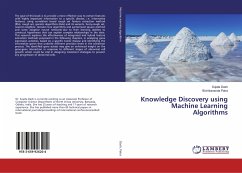
Broschiertes Buch
7. Oktober 2016
LAP Lambert Academic Publishing
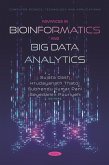
eBook, PDF
31. Mai 2023
Nova Science Publishers, Inc.
Ähnliche Artikel
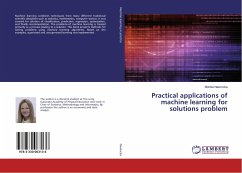
Broschiertes Buch
23. März 2017
LAP Lambert Academic Publishing
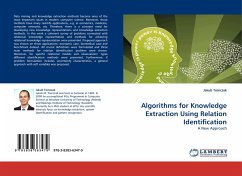
Broschiertes Buch
A New Approach
19. Mai 2010
LAP Lambert Academic Publishing

Broschiertes Buch
for identification the things on long range by using radio wave
11. Oktober 2022
LAP Lambert Academic Publishing
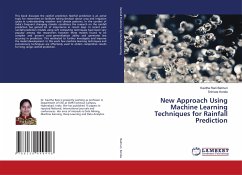
Broschiertes Buch
5. Februar 2019
LAP Lambert Academic Publishing
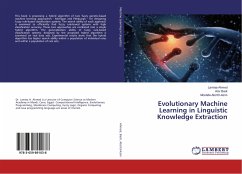
Broschiertes Buch
17. Mai 2016
LAP Lambert Academic Publishing
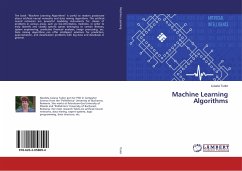
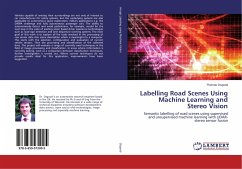
Broschiertes Buch
Semantic labelling of road scenes using supervised and unsupervised machine learning with LIDAR-stereo sensor fusion
20. Oktober 2015
LAP Lambert Academic Publishing
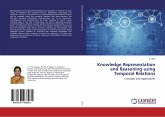
Broschiertes Buch
Concepts and Applications
13. Februar 2018
LAP Lambert Academic Publishing
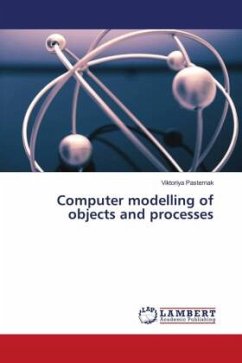
Broschiertes Buch
24. Juni 2022
LAP Lambert Academic Publishing
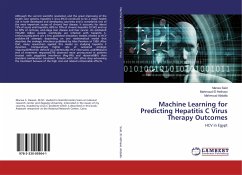
Broschiertes Buch
HCV in Egypt
21. März 2017
LAP Lambert Academic Publishing
Ähnlichkeitssuche: Fact®Finder von OMIKRON
